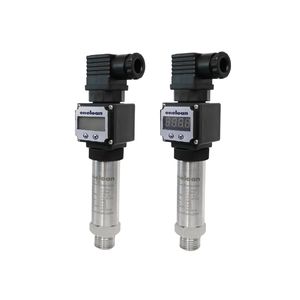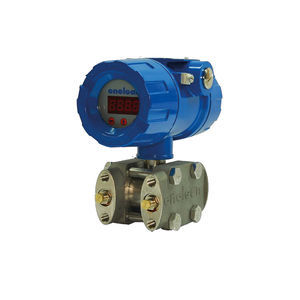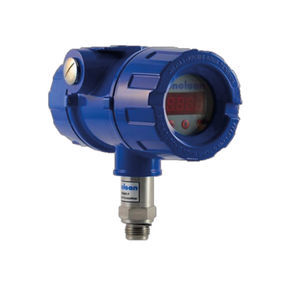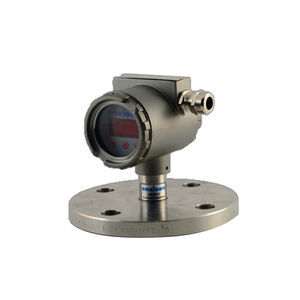
- Detection - Measurement
- Flow, Pressure and Level Measurements
- Relative pressure transmitter
- ENELSAN ENDUSTRIYEL ELEKTRONIK SANAYII A.S.
Relative pressure transmitter ETRANS-P01electromagneticpiezoresistiveceramic

Add to favorites
Compare this product
Characteristics
- Pressure type
- relative
- Technology
- silicon, ceramic, piezoresistive, electromagnetic
- Output
- 4-20 mA, 0-10 V, 0-5 V, HART, RS-485, Modbus, Modbus RTU
- Electrical connection
- M12 connector
- Supply voltage
- DC
- Mounting
- threaded, flush diaphragm, flange
- Process connection
- NPT 1/4, NPT 1/2, G 1/2, G 1/4, NPT 1/8, M20 x 1,5, BSP 1/4
- Material
- stainless steel
- Protection level
- ATEX, EMC, IP65, IP67, IP68
- Other characteristics
- CE
- Pressure range
Max.: 2,000 bar
(29,007.55 psi)Min.: -1 bar
(-14.5 psi)- Process temperature
Max.: 135 °C
(275 °F)Min.: -40 °C
(-40 °F)
Description
Finger type pressure transmitter is composed of ceramic/silicone sensor placed in a stainless steel body or piezoresistive measuring cell and electronic card on a stainless steel 316L body. The sensor design ensures reliability during temperature changes and overload.
The use of a stainless steel 316L diaphragm or ceramic/silicone sensor ensures high linearity over the entire measuring range while minimizing the hysteresis effect.
How Does It Work?
The stainless steel 316L diaphragm and ceramic sensor sense the physical aberration of the elements under pressure. Mechanical deformation is carried by converting it to an electrical signal from the diaphragm and ceramic sensor by a resistive bridge. An amplifier converts the output voltage of the cell to the output current signal of the transmitter, 4-20mA / 0-10V.
The Pressure Transmitter is powered by an external stable power supply. Reverse polarity and high supply voltage are prevented by protection diodes at the input. The device is also not affected by electromagnetic noises thanks to the EMC shielding components inside.
Catalogs
2024 Enelsan Product Catalog
24 Pages
Other ENELSAN ENDUSTRIYEL ELEKTRONIK SANAYII A.S. products
Pressure Transmitters
Related Searches
- Flowmeter
- Liquid flowmeter
- Level limit switch
- Pressure transmitter
- Liquid level limit switch
- Level probe
- Liquid level probe
- Analog pressure transmitter
- Gas flowmeter
- Stainless steel flowmeter
- Waterproof flowmeter
- Industrial flowmeter
- Membrane pressure transmitter
- Float level switch
- Relative pressure transmitter
- Stainless steel pressure transmitter
- Analog level probe
- Waterproof pressure transmitter
- Precision flowmeter
- Compact flowmeter
*Prices are pre-tax. They exclude delivery charges and customs duties and do not include additional charges for installation or activation options. Prices are indicative only and may vary by country, with changes to the cost of raw materials and exchange rates.









